Eddy Current - Vanes | Haukapo Rā Aurere
Introduction
Abstract
An aluminium vane swings slowly between the poles of a magnet while a plastic vane is unimpeded. A slotted aluminium vane swings at intermediate speed.
Principles Illustrated
- Electromagnetic induction: Faraday’s Law and Lenz’s Law
- Interaction between a moving magnet and the generated eddy currents causes drag
- Conductors and insulators
- Breaks in a conductor reduce eddy currents
Content
Video
English version
Te Reo Māori Version
Instructions
Allow the plastic plate to swing freely between the magnet poles and then show that the aluminium plate does not swing freely. Ask what will happen to the slotted Al plate and allow students to make a prediction. This is very much a hands-on demonstration. Students should be encouraged to feel the drag as they try to move the aluminium plate between the poles and the reduced drag with the slotted plate.
Commercial versions are available. See for example Pasco Scientific’s version that includes a suitable magnet. However, this apparatus can be made by a teacher with some workshop skills. You’ll need an equipment stand and an attached cross bar. The three plates can be cut from plastic and aluminium. And of course you will need a strong magnet with a small gap, but many schools already have one. If not they are available commercially as well.

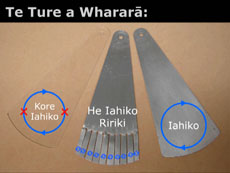
Other Information
Safety
People with pacemakers or other medical electronics should never approach strong magnets!
Individual teachers are responsible for safety in their own classes. Even familiar demonstrations should be practised and safety-checked by individual teachers before they are used in a classroom.
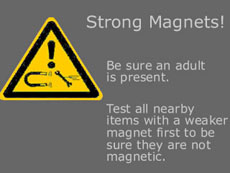
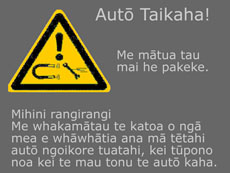
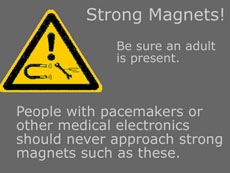
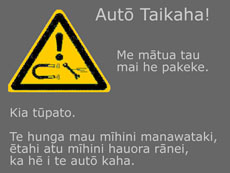
Related Resources
We have lots of eddy current resources. See in particular Eddy Current Tubes and Eddy Current Drag.
Notes, Applications, and Further Reading
Eddy current drag is used to make brakes in certain applications. See for example the following exchange on physlink: eddy currents brakes. Also see a discussion of eddy currents in Wikipedia.
This demonstration is related to PIRA 5K20.10.
Credits
This teaching resource was developed by the Te Reo Māori Physics Project with support from
- Te Puni Kōkiri
- The MacDiarmid Institute
- Faculty of Science, Victoria University of Wellington
- School of Chemical and Physical Sciences, Victoria University of Wellington
- The New Zealand map shown on the poster frame above is used with permission from www.nz.com.